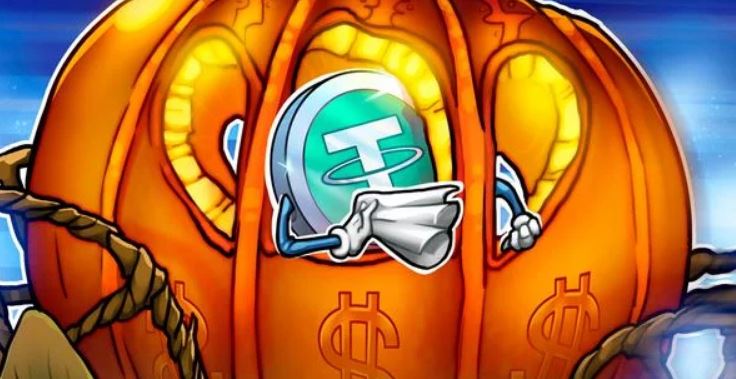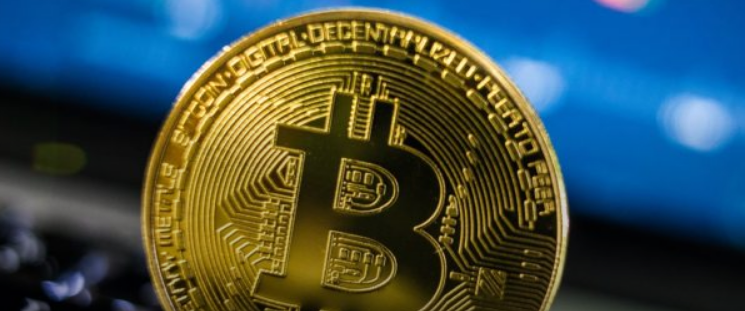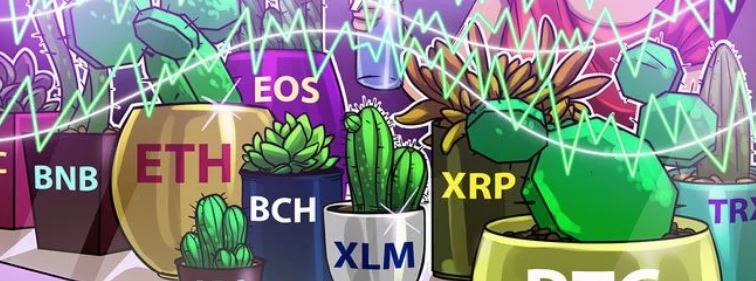Tether’s USDT Surpasses Bitcoin and PayPal’s Average Daily Transfer Value

Tether’s USDT stablecoin has seen its 7-day average daily transfer value surpass that of the flagship cryptocurrency bitcoin and PayPal, according to new research.
A report published by CoinMetrics details that after “months of rapid growth” Tether’s 7-day average adjusted transfer value flipped bitcoin’s. The stablecoin’s average transfer value surpassed $3.5 billion on August 20, while bitcoin’s average transfer value was $2.94 billion.
Per the firm, the milestone is significant at a time in which Tether continues to “take more and more of the market share of on-chain transfers.” It’s worth noting Tether’s USDT token is available on eight blockchains, including Omni, Ethereum, EOS, TRON, OMG, BCH, and Algorand.

Demand for the USDT stablecoin has been rapidly growing this year, so much so its supply has grown past the $13 billion mark, up from little over $4 billion at the beginning of the year. USDT transactions on the Ethereum network surged thanks to the growth of decentralized finance, to the point Tether launched USDT on the OMG Network, an Ethereum layer-two scaling solution.
On social media economist John Paul Koning pointed out that PayPal’s Q2 report shows the daily average transfer value of the online payment’s giant was $2.94 billion a day, below Tether’s $3.55 billion.
Responding to his tweet some users pointed out the comparison isn’t fair, as PayPal’s activity is actively monitored, whereas only cryptocurrency exchanges screen transactions made using the USDT stablecoin.
Tether’s growth and use may also be attributed to other factors, including its potential of being an on-ramp in the cryptocurrency space: as it’s a stablecoin, its value doesn’t fluctuate like that of BTC or ETH. The firm has published on social media that the COVID-10 pandemic and the subsequent economic crisis, the “utility, security and viability of digital currencies have come to the forefront.”
Per Tether, people are “looking for alternatives to antiquated banking and payment systems.”
Featured image via Unsplash.











Responses